A recent study by Yingi E. (2023) titled “Youth Bulge as a Peacebuilding Opportunity for Africa: The Case of Zimbabwe’s Youth Empowerment Programmes” published in the Journal of Asian and African Studies by Sage Journals, shows that youth bulge in Africa poses a serious challenge to socioeconomic development and stability.
“
Investing in comprehensive youth empowerment can mitigate the risk of youth involvement in violence, fostering positive change and peace.– Yingi E. 2023
In recent years, Africa has witnessed a demographic shift characterized by a significant youth bulge—a phenomenon that holds the potential for both peril and promise. This study delves into the intricate relationship between the burgeoning youth population in Africa and the imperative for comprehensive youth empowerment programs as pivotal components of sustainable peacebuilding efforts. The authors focus on the case study of Zimbabwe, a nation grappling with high youth unemployment and marginalization, and scrutinize the impact of government and stakeholder-driven youth empowerment initiatives on the country’s peace process.
Challenges Faced by Zimbabwe’s Youth Empowerment Programme
Lack of political will: The government has not shown enough commitment and support to implement the youth empowerment policies and programs. The youth empowerment agenda has been politicized and used as a tool for patronage and manipulation by the ruling party.
Political interference: The youth empowerment programs have been influenced by the interests and agendas of the political elites, who have used them to mobilize and recruit youth for violence and intimidation. The youth empowerment programmes have also been marred by corruption, nepotism, and favouritism.
The marginalisation of the youth in decision-making: The youth have been excluded from the processes of designing, implementing, and evaluating the youth empowerment programmes. The youth have not been given a voice and a platform to express their needs, aspirations, and challenges. The youth empowerment programmes have not been responsive and relevant to the realities and contexts of the youth.
How the study was conducted
The study employed a rigorous mixed-methods approach, seamlessly blending quantitative and qualitative analyses to provide a nuanced understanding of the complex dynamics at play. The author explores primary data through a survey administered to 400 participating youths and semi-structured interviews with 20 key stakeholders across government, civil society, academia, and the private sector. Complemented by secondary data from literature, reports, and policy documents, the study employed both descriptive statistics and thematic analysis to draw comprehensive insights.
What the authors found
The study found that investing in youth development and empowerment can reduce the risk of youth involvement in violence and conflict and enhance their role as agents of positive change and peace. The study acknowledges that the youth bulge in Africa poses a serious challenge to socioeconomic development and stability, especially in contexts of unemployment, poverty, and marginalisation. However, the study also found that the youth bulge can be a source of innovation, growth, and development if the youth are given the opportunities and resources to realize their potential.
Why is this important
The study highlights the importance of involving the youth in decision-making and governance processes that affect their lives and futures. The study criticises the lack of political will, political interference, and marginalisation of the youth in Zimbabwe, and urges for a more inclusive and democratic environment that respects the rights and voices of the youth. The study frames youth empowerment as a human rights issue that is essential for the dignity and well-being of youth. The author asserts that youth have the right to education, employment, health, participation, and protection from violence and discrimination. The study also emphasizes the responsibility of the state and other stakeholders to fulfil these rights and to ensure that the youth are not exploited, manipulated, or abused. In addition, the author appeals for a human rights-based approach to youth empowerment that respects the diversity and agency of the youth.
Recommendation
The author suggests that youth empowerment programs should include education, skills training, entrepreneurial support, and political participation. The author calls for a demographic dividend approach that harnesses the youth bulge as an asset rather than a liability. The study also advocates for the implementation of the African Youth Charter and the United Nations Security Council Resolution 2250, which recognise the youth as key partners in peace and security.
In conclusion, Yingi’s (2023) study sheds light on the complex interplay between the youth bulge and peacebuilding in Africa, using Zimbabwe as a case study. The findings underscore the dual nature of the youth demographic, presenting both challenges and opportunities for socioeconomic development and stability. The identified challenges within Zimbabwe’s youth empowerment programs, such as political interference, lack of political will, and youth marginalization, highlight systemic issues that need urgent attention.
The study convincingly argues for a paradigm shift towards a more inclusive, democratic, and human rights-based approach to youth empowerment. It emphasizes the crucial role of youth in decision-making processes and governance, framing youth empowerment not merely as a developmental strategy but as a fundamental human rights issue. The call for the implementation of education, skills training, entrepreneurial support, and political participation in youth empowerment programs aligns with a holistic approach aimed at realizing the potential inherent in the youth bulge.
Furthermore, the study’s endorsement of a demographic dividend approach and the implementation of international frameworks like the African Youth Charter and UN Security Council Resolution 2250 reflects a broader vision for leveraging the youth bulge as an asset rather than a liability in the pursuit of sustainable peace and development.
Ultimately, this research contributes valuable insights to the ongoing discourse on youth, peace, and development, urging stakeholders to reevaluate and recalibrate their strategies to address the pressing challenges and harness the transformative potential embedded in Africa’s youth bulge.



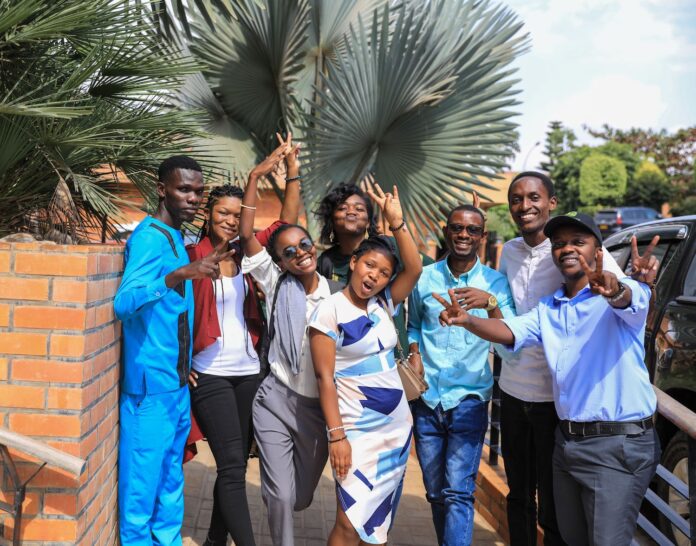

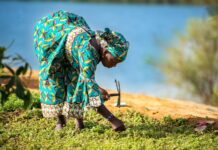
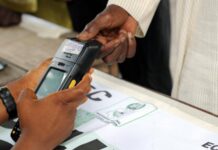
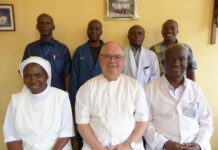

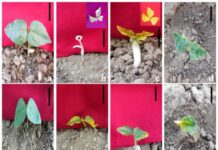
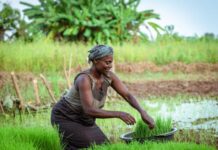

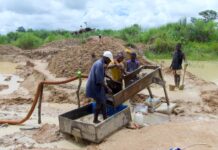



 The African Research (AR) Index is a comprehensive scholarly directory and database focused explicitly on journal publishers that publish and disseminate African research.
The African Research (AR) Index is a comprehensive scholarly directory and database focused explicitly on journal publishers that publish and disseminate African research.

